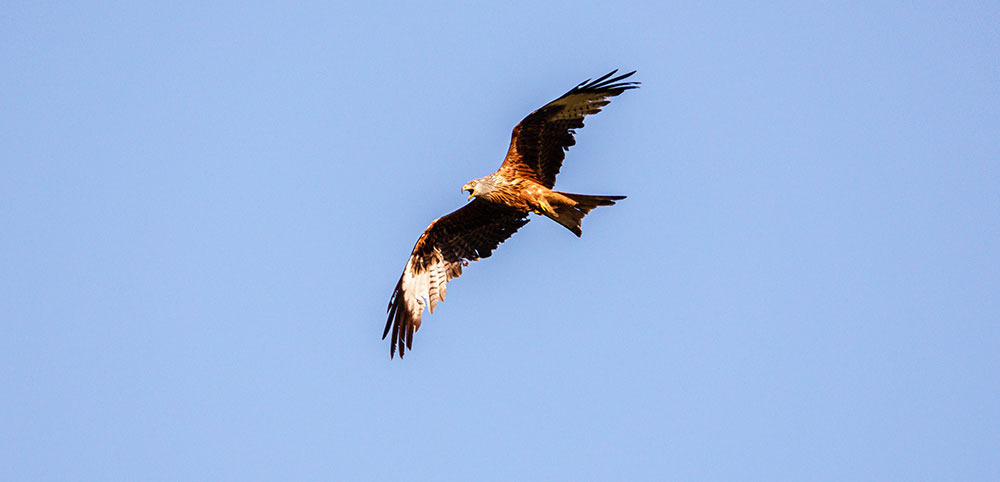
Celebrating World Wildlife Day 2022
It’s World Wildlife Day on 3rd March which marks the importance of plants and animals and their contribution to our wellbeing. This year it will be celebrated under the theme ‘Recovering key species for ecosystem restoration’.
According to the WWF’s Living Planet Report 2020, global animal populations have on average declined by two-thirds in less than half a century. In order to protect nature, we need to learn to pay attention and notice the wildlife around us. There is hope and it’s more vital than ever that children engage with the natural world around them and to tune in and notice the wildlife on their doorstep. We asked our friends over at Wild Kids Company to share some exciting signs of recovery and flourishing of wildlife and where to look.
1) Foxes
Foxes can often be seen in the city as well as the countryside and they can be known to turn up in some unexpected places. They mate once a year, in either January or February, after which the vixen (female) will build a den to hide away in. After about 8 weeks, she’ll give birth to up to five cubs that will be blind to begin with, before they start venturing out of the den in mid spring hunting insects and worms. This is a good time to spot them! Try looking out for their paw prints on your next family walk and see if you can spot the difference between their prints and their relative, dogs.
2) Beavers
Beavers went extinct in the UK over 400 years ago after being hunted for their fur and meat. They are vital to our habitat as by building dams they subsequently create new wetland habitats for other species. These dams can also reduce the likelihood of flooding for downstream towns and cities by slowing down river flow and create carbon sinks that help tackle climate change. Beaver populations are appearing back in the UK from Devon to Scotland so keep an eye out on rivers near you in the future!
3) Red Kites
Red Kites were almost made extinct due to centuries of them being targeted as vermin and back in 1990, thirteen of these magnificent birds were flown in from Spain as there were only a couple of pairs left. They were reintroduced to the Chilterns and can be spotted next to the M40, taking advantage of the roadkill. There are now over 10,000 Red kites in Britain so next time you’re on the long motorway journey, ask your children to keep a look out and see how many they can spot!








